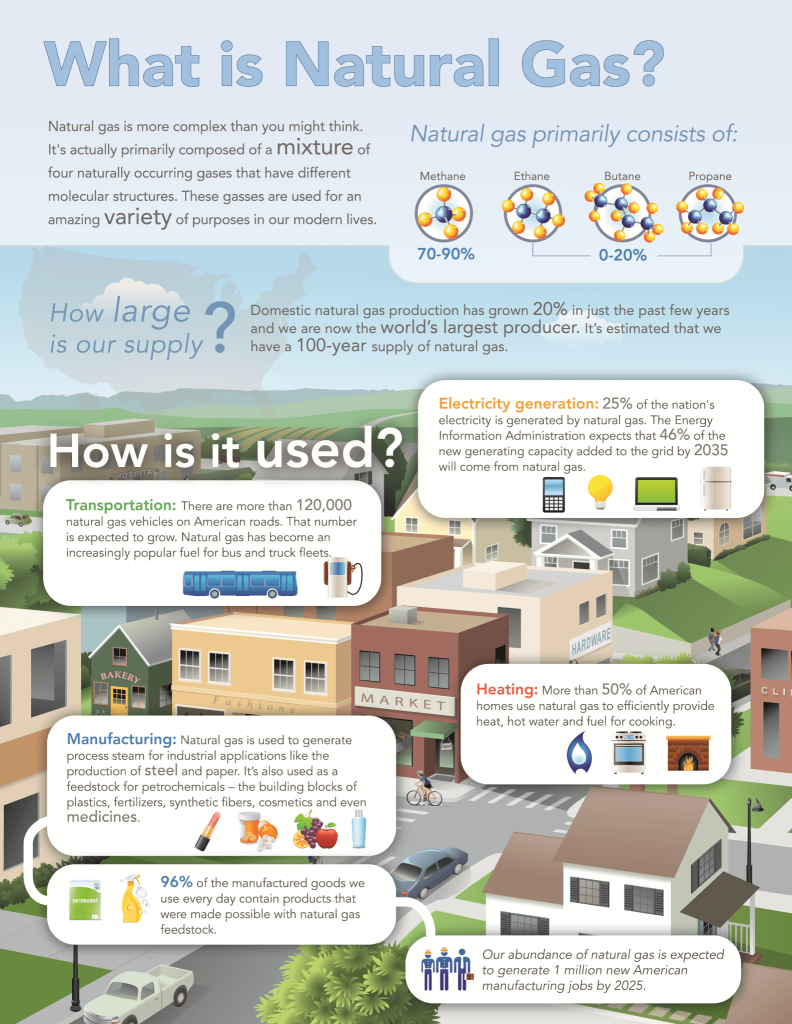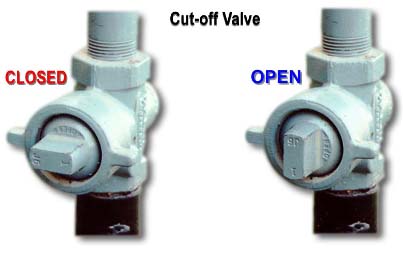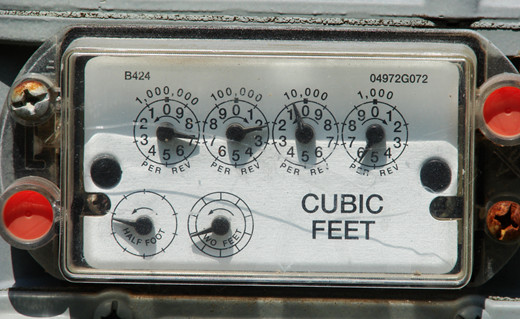The Lawrenceburg Utility Systems Gas Department provides natural gas to the City of Lawrenceburg and certain surrounding areas. LUS maintains over 300 miles of distribution lines and serves over 6,500 customers in Lawrence County. Providing safe natural gas is one of the main goals of Lawrenceburg Utility Systems.
Natural gas is used by both residential and industrial customers as a clean and reliable source of energy. Natural gas makes our lives more comfortable and efficient and is environmentally friendly. We use natural gas to heat our homes, produce hot water, cook our meals, and dry our clothes.
For safety tips and information on detecting a leak, visit our Safety Page.
Natural gas is the earth’s cleanest fossil fuel and is colorless and odorless in its natural state. Natural gas is a mixture of gases which are rich in hydrocarbons. All these gases (methane, nitrogen, carbon dioxide etc.) are naturally found in the atmosphere. Natural gas reserves are deep inside the earth near other solid & liquid hydrocarbons beds like coal and crude oil.
Natural gas is not used in its pure form; it is processed and converted into cleaner fuel for consumption. Many by-products like propane, ethane, butane, carbon dioxide, nitrogen etc., which can be further used, are extracted while processing natural gas.


All LUS gas meters include a valve so the gas supply can be shut off from the outside before it enters the meter. This shut off valve is located between the ground and the meter. The shut off valve has a raised indicator to show the position of the valve. If the raised portion of the valve is in-line with the pipe, the valve is in the open position and gas can flow through the meter. If the valve is perpendicular to the piping, the valve in closed and gas can no longer flow through the meter.
In case of a leak, turn the valve to the closed position to prevent gas from entering the home.

On a residential gas meter there are five or six dials, depending on the type of meter you have. Your gas consumption is determined by the top four dials.
To have your underground utilities marked, simply call 811 or 1-800-351-1111 or you can open an online ticket at tenn811.com. Calling is required by law. If you dig without calling and damage any utility lines, fines can be assessed, and any associated repair costs will be billed to you.
This step only covers public owned underground utility lines and will not cover private utility lines such as water and sewer lines that run from your meter to your house. Other types not covered include but not limited to invisible fencing, decorative outdoor lighting, and irrigation lines.
To learn more about natural gas, click below.
To see how natural gas can be utilized throughout your home click below for a “tour” of a natural gas home.